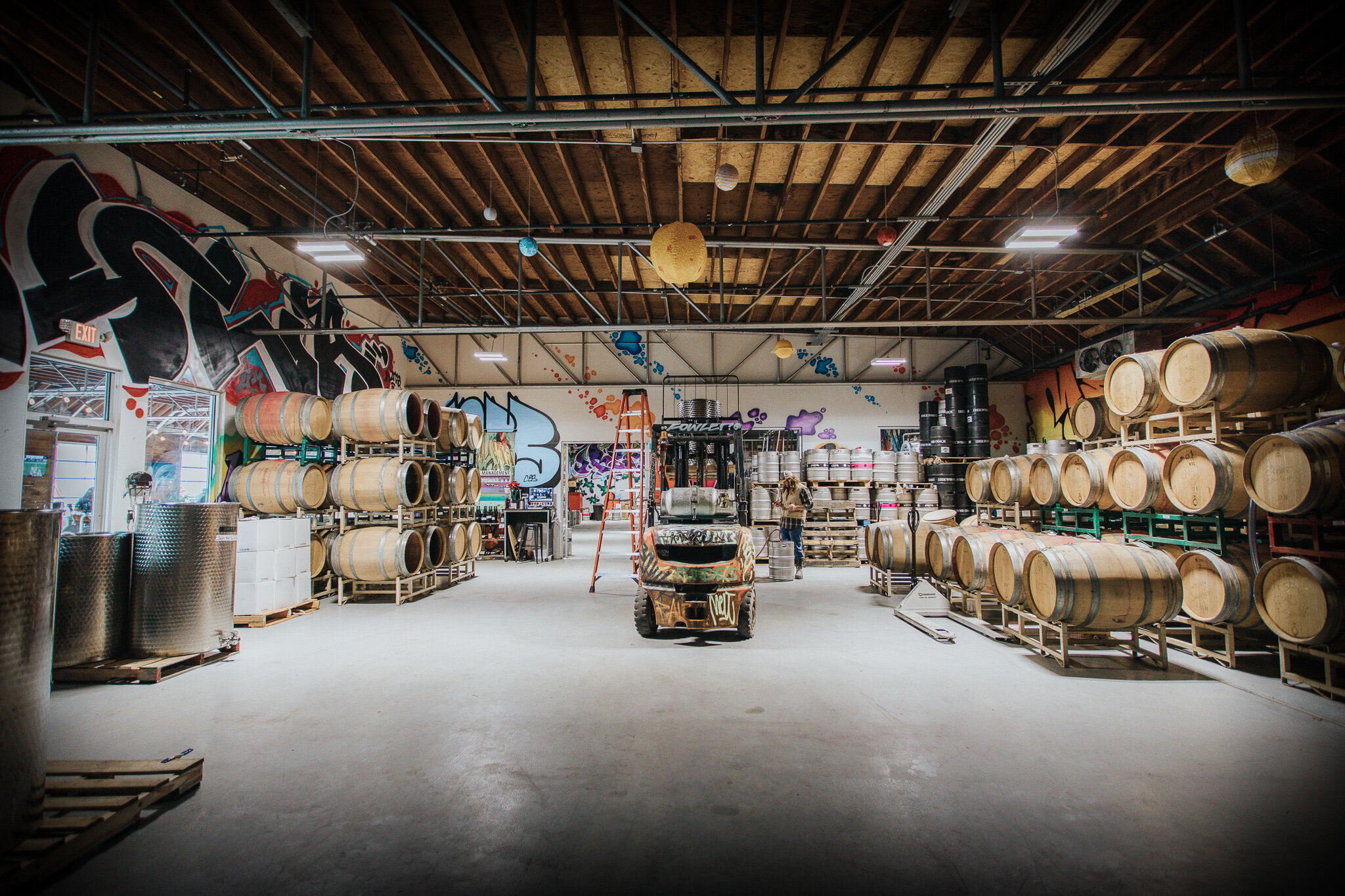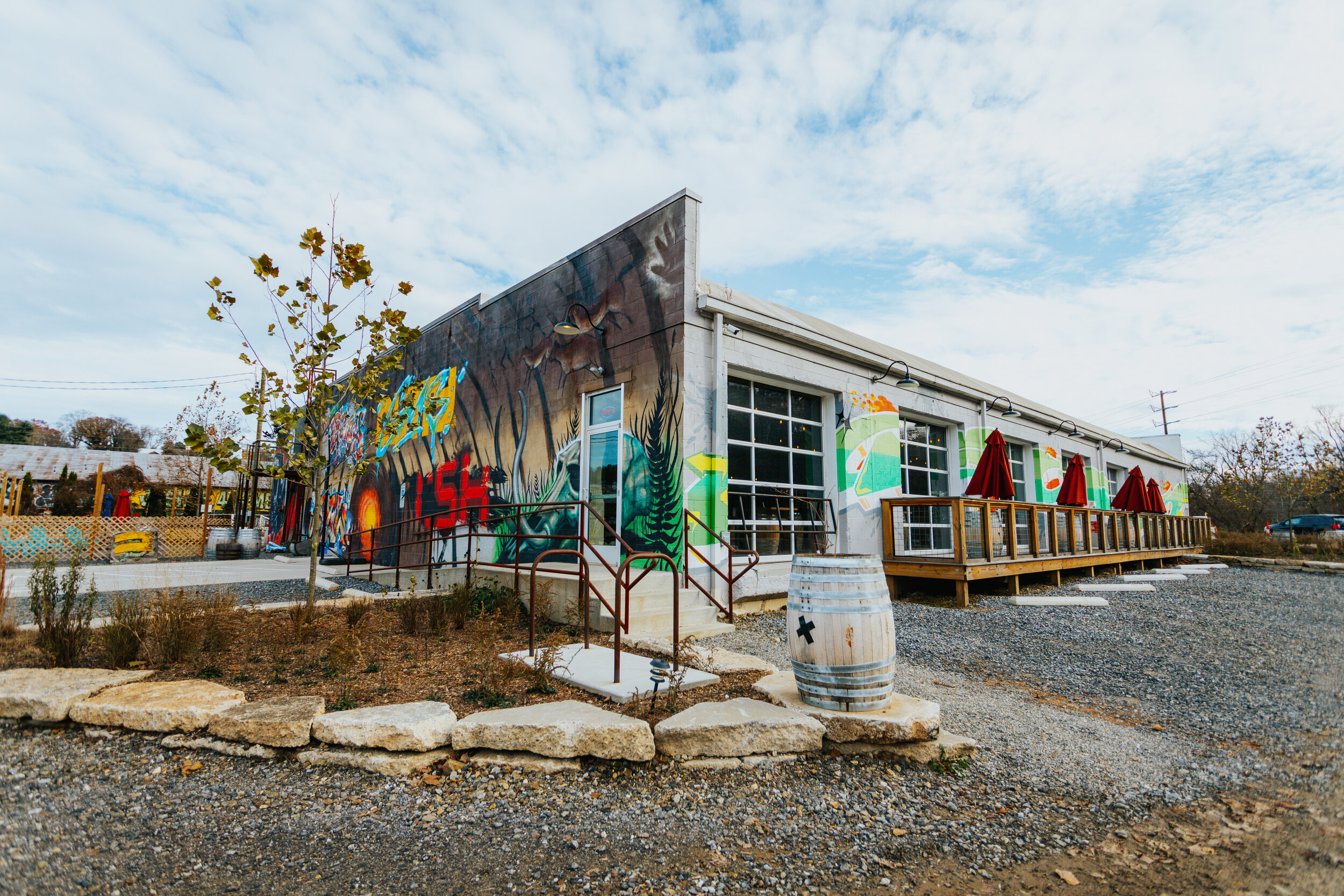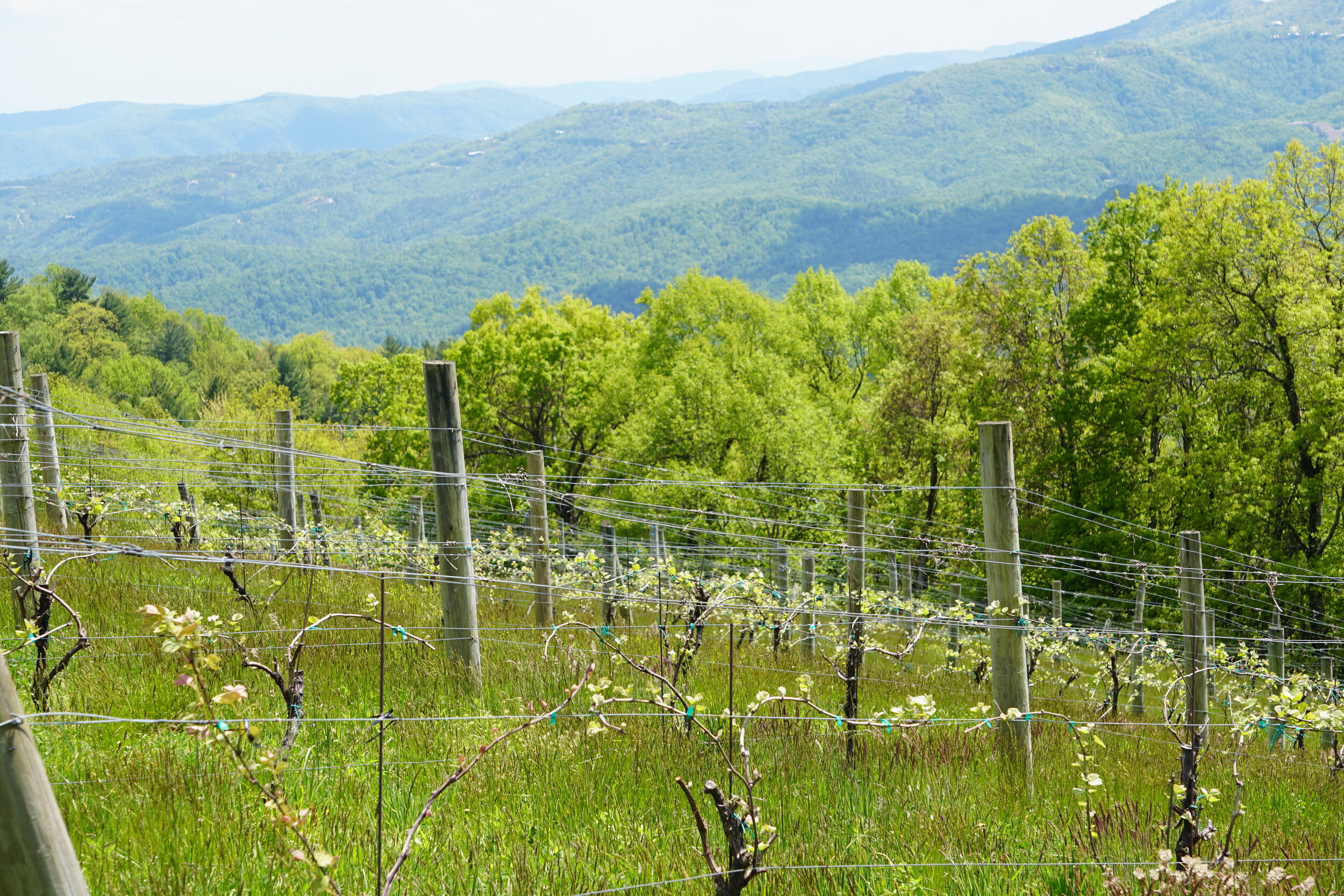
Making wine in the heart of Asheville, NC from grapes grown in our surrounding mountains.
vine | harvest | wine

ORGANIC PRACTICES | CONSERVING RESOURCES
Sustainable Agriculture
It all begins on the farm. We directly manage 7 acres of vineyards using organic and biodynamic farming practices. We plant what we believe grows well in our Appalachian microclimate, focusing on hybrids, such as Seyval Blanc, and native varietals, such as Catawba.

GROWING | VARIETALS
Responsible Growing
Ultimately, we believe in the future of Western North Carolina as a wine growing region and we encourage growers to plant and grow responsibly with an eye toward preserving our environment.

MINIMAL INTERVENTION | EXPERIMENTING + EDUCATING
Winemaking
We believe in balance. By limiting our use of certain modern winemaking tools, we look for transparency in producing quality wine using minimal intervention methods.

LOCATIONS | WINE MENU | EVENTS
Visit Our Winery
Our tasting room is a reflection of the way we believe wine should be consumed — with friends and community in a laid-back environment. Our sustainability efforts continue in the winery where we serve our wines from a keg tap system and fill growlers to go. We do have bottles but limit the amount to reduce our carbon footprint.
Featured on PunchDrink
✧
Featured on PunchDrink ✧
“In some ways, Plēb recalls the microbreweries that started popping up in every midsize American city a couple of decades ago: a taproom in a downtown industrial building, fermenting tanks in view, street art–style murals decorating the walls. But Plēb is much more deeply rooted in the countryside than its urban-winery model might suggest.
Chris Denesha, who co-founded the winery in 2017 with Lauren Turpin, farms between 30 and 80 percent of the production. The grapevines he tends — without synthetic chemicals, on their own roots — contend with everything from frost to hurricanes, which means abandoning more familiar vinifera varieties for newer hybrid cultivars, as well as natives, like catawba and muscadine.
The winemaking draws on both classic marginal-climate strategies and an intuitive use of local materials. Even wines that sound wild on paper (infusions of shagbark hickory bark, flor-aged co-ferments, amphora-aging in Appalachian clay) have a beautifully composed sense of balance.
Plēb shows what domestic wine could look like if it grew out of what was available locally and in abundance rather than what was imported and scarce, and if the barrier to entry for tasting it were no higher than sticking your head in the door to see what was on tap.”
— J.S.









